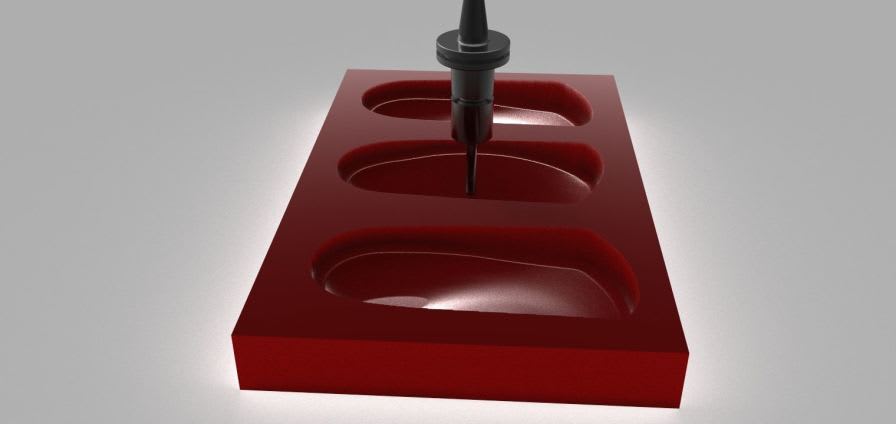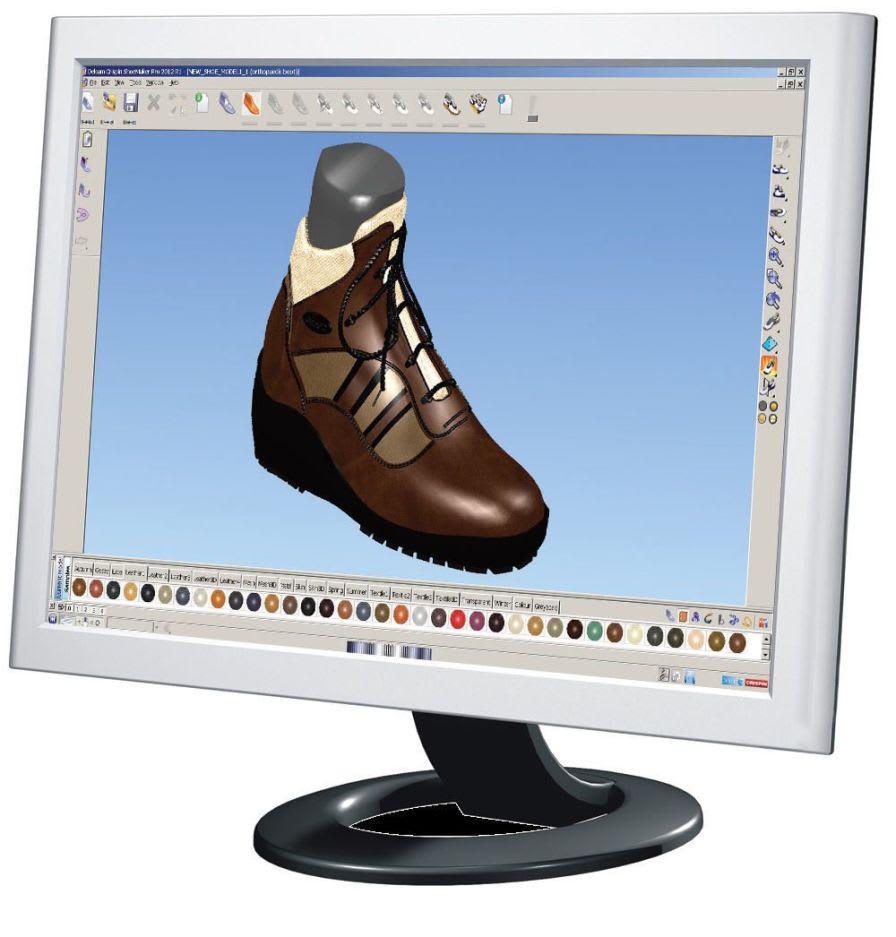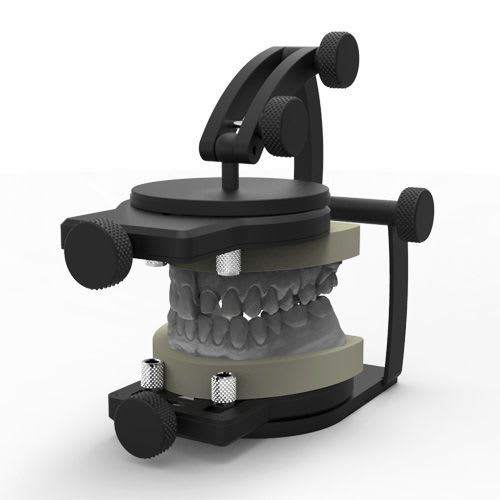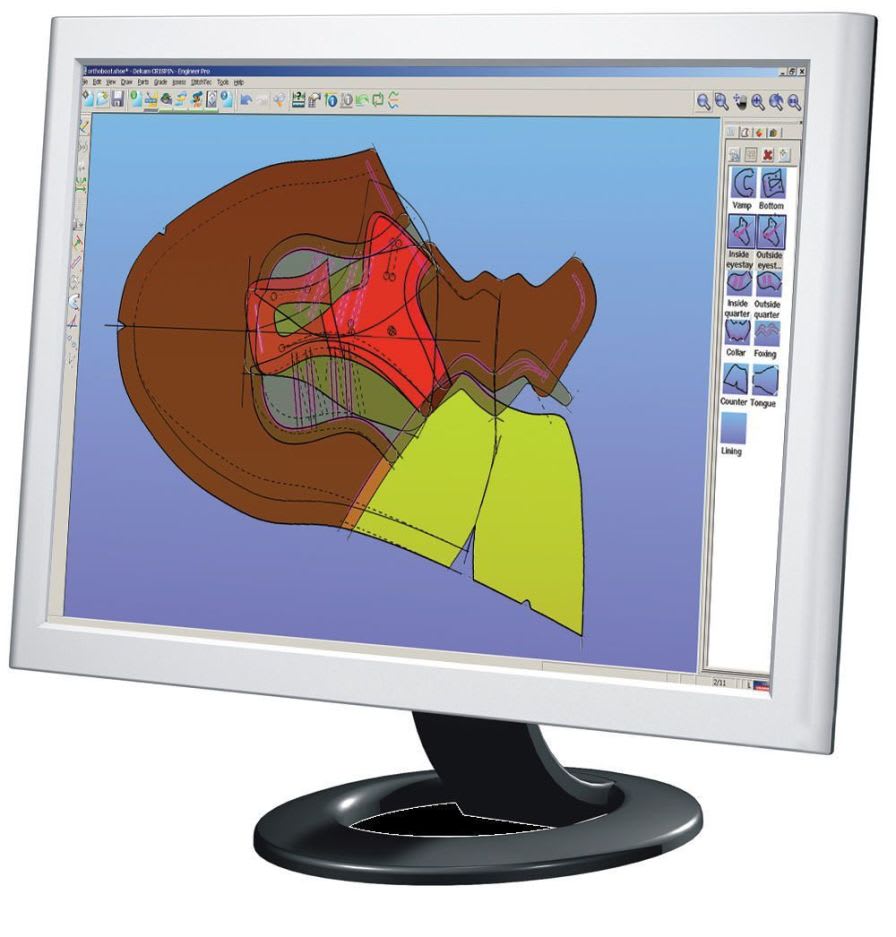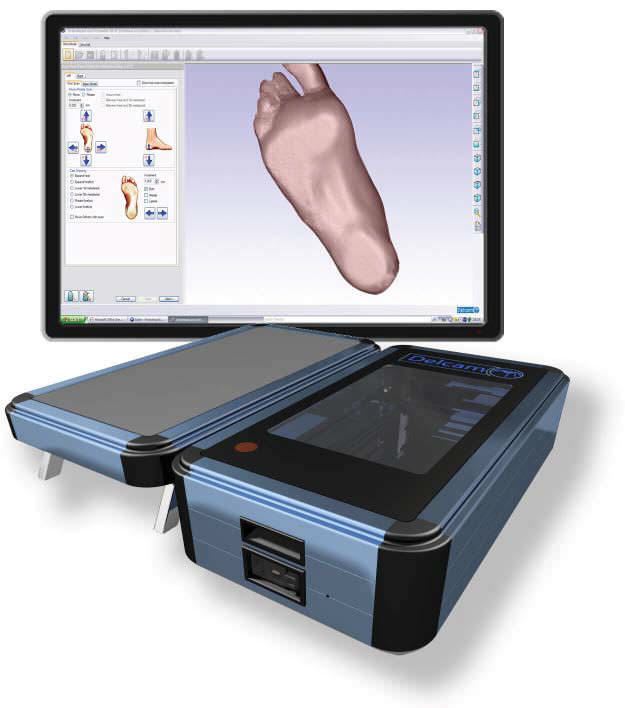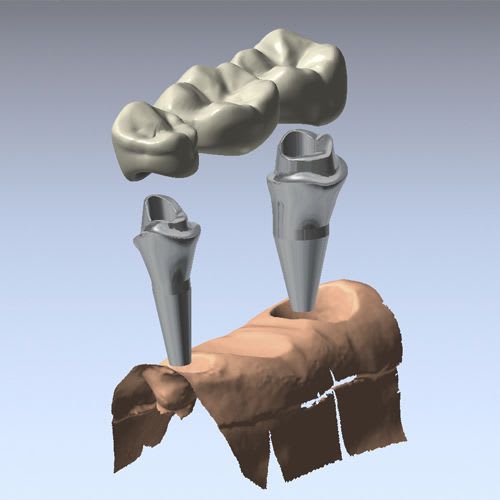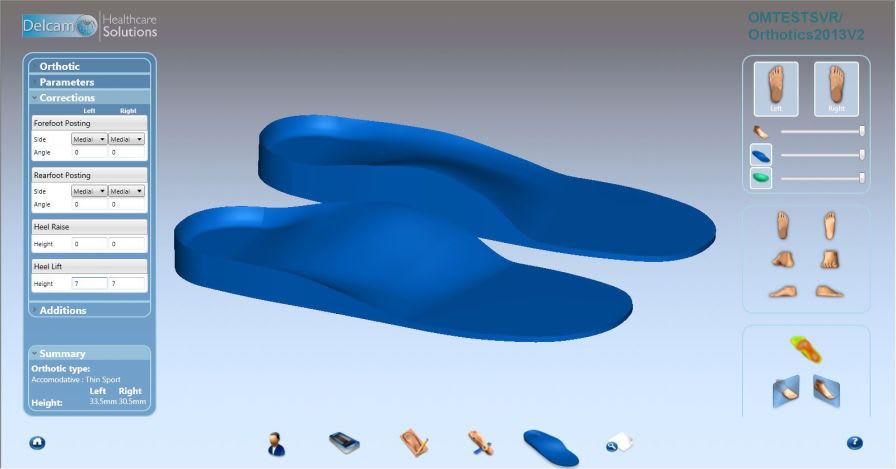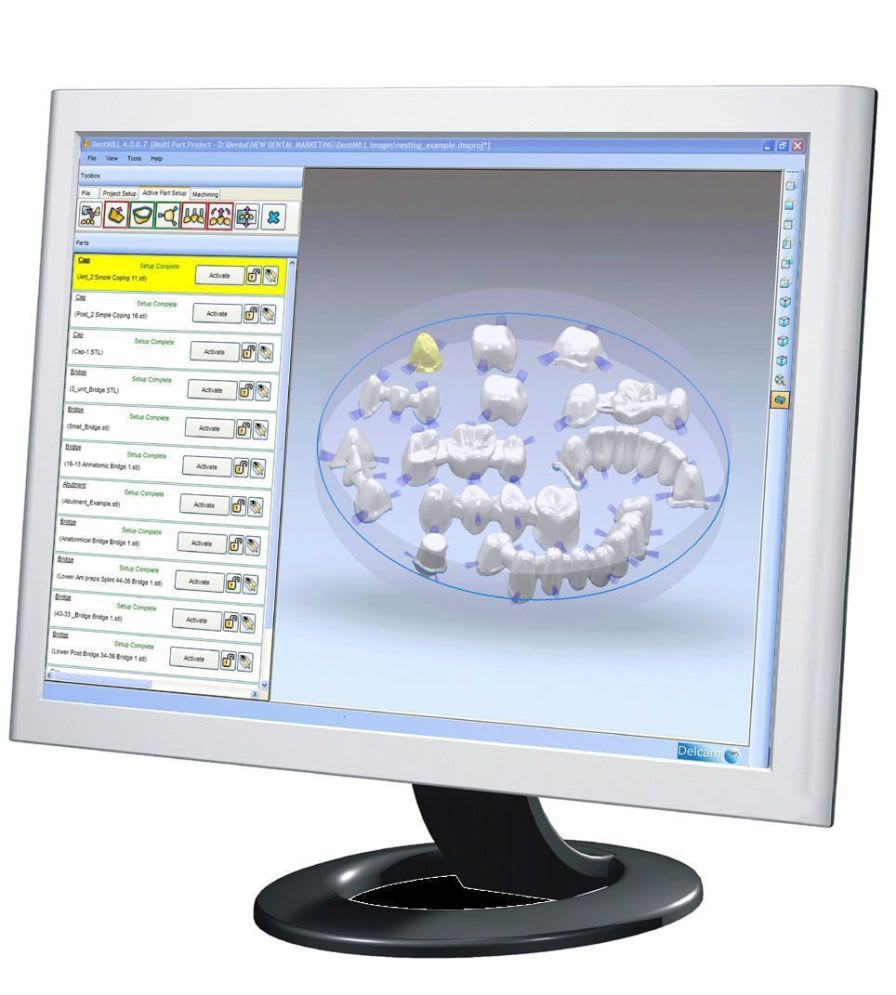In 1965, Donald Welbourn, Director in Industrial Co-operation at Cambridge University, had the vision to see the possibility of using computers to assist pattern-makers to solve the problems of modelling difficult 3D shapes.
Today, we take 3D modelling for granted. In 1965, only crude 2D drawing systems were available using terminals linked to large main-frame computers.
Initial work at Cambridge was sponsored by the Science Research Council but finding money to support the development was a constant problem for Donald Welbourn. In 1973, Donald persuaded his friend Lord Caldecote, then chairman of the Delta Metal Group and an ex-Cambridge engineer, to send Delta graduate engineer, Ed Lambourne, to Cambridge to work on the development of the software, which had been christened DUCT. The link between Cambridge and Delta Metals ultimately lead to the transfer of the system into industry. In 1974, Donald obtained additional sponsorship from Control Data in Europe in the form of access to its powerful time-sharing computing resources. Control Data offered DUCT initially on its time-sharing bureau service, most successfully to two of its largest German customers, Volkswagen and Daimler Benz.


